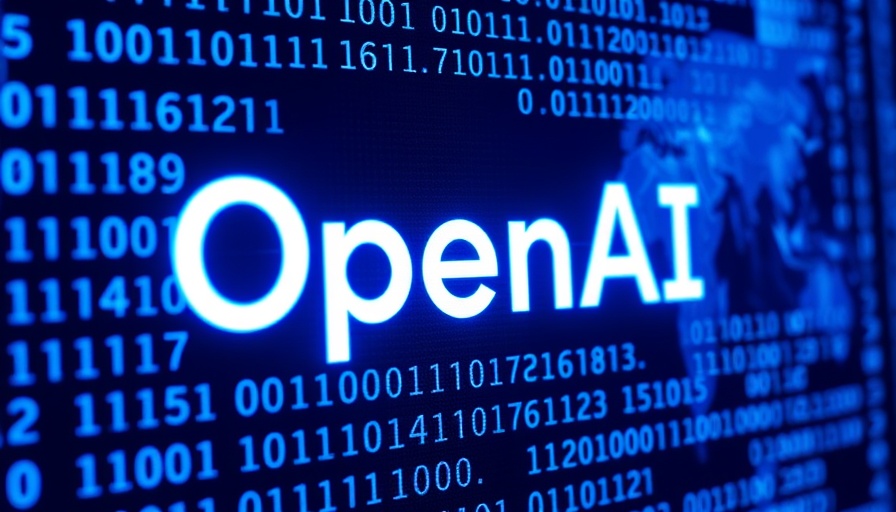
Kontext AI: Revolutionizing Image Creation and Editing
In a significant leap for the world of digital art and image manipulation, Black Forest Labs has unveiled its new suite of image-generating models, aptly named Flux.1 Kontext. This innovative technology not only allows users to generate images from textual prompts but also enables detailed editing capabilities, creating a seamless blend of creation and modification in one tool.
Understanding the Flux.1 Kontext Models
The two models within the Kontext family, Flux.1 Kontext [pro] and Flux.1 Kontext [max], cater to differing user needs. The Kontext [pro] model allows for iterative image refinement while keeping core elements like style and characters intact, making it ideal for artists wanting to enhance their works. Meanwhile, Kontext [max] emphasizes speed and reliability, ensuring that generated content adheres closely to user prompts.
Unleashing Creative Potential with AI
The capabilities of Kontext set a new standard for AI-powered technology in the creative sector. Unlike traditional models that only generate images based on text, Kontext's dual input system empowers creators to achieve a refined balance between textual and visual creativity. Users can give specific instructions to edit existing images—whether it’s changing clothing styles or altering textual elements within an image.
Contextual Understanding: The Next Big Tech Trend
This approach marks a substantial shift in emerging tech trends as AI systems become more context-aware. This shift enhances user experience, allowing creators not only to produce but also to manipulate visual content with an unprecedented level of precision.
Competitive Landscape and Future Implications
The launch of the Flux.1 Kontext models comes at a time when major players like Google and OpenAI are also advancing their image generation technologies. The race to harness AI for visual creativity raises questions about the future of AI in creative fields, particularly in terms of how these tools can redefine artistry in the digital age. As competition heats up, we anticipate rapid advancements, further pushing the boundaries of what’s possible in design and beyond.
Join the AI Revolution Today
As AI continues to evolve, integrating tools like Flux.1 Kontext into your creative workflow could be pivotal. Imagine the enhanced capabilities, whether you're a student exploring digital art, a young professional honing your portfolio, or a tech enthusiast eager to experiment with the latest innovations. Experimenting with AI might just prepare you for the next wave of technological advancements and open doors to unexplored mediums.
 Add Row
Add Row  Add
Add 




Write A Comment